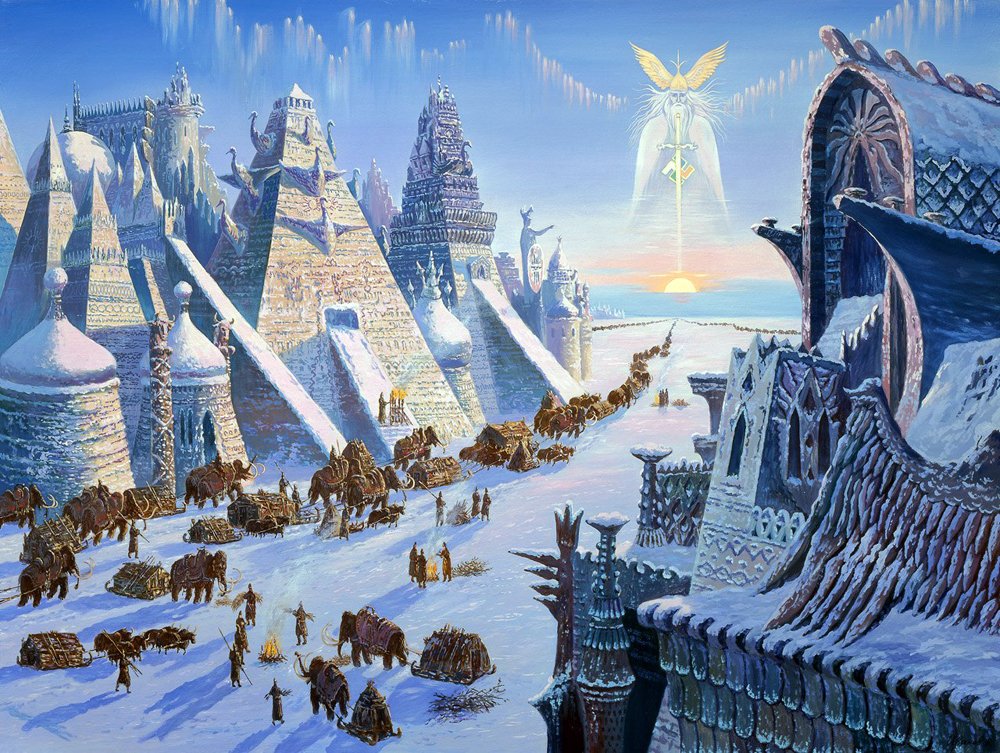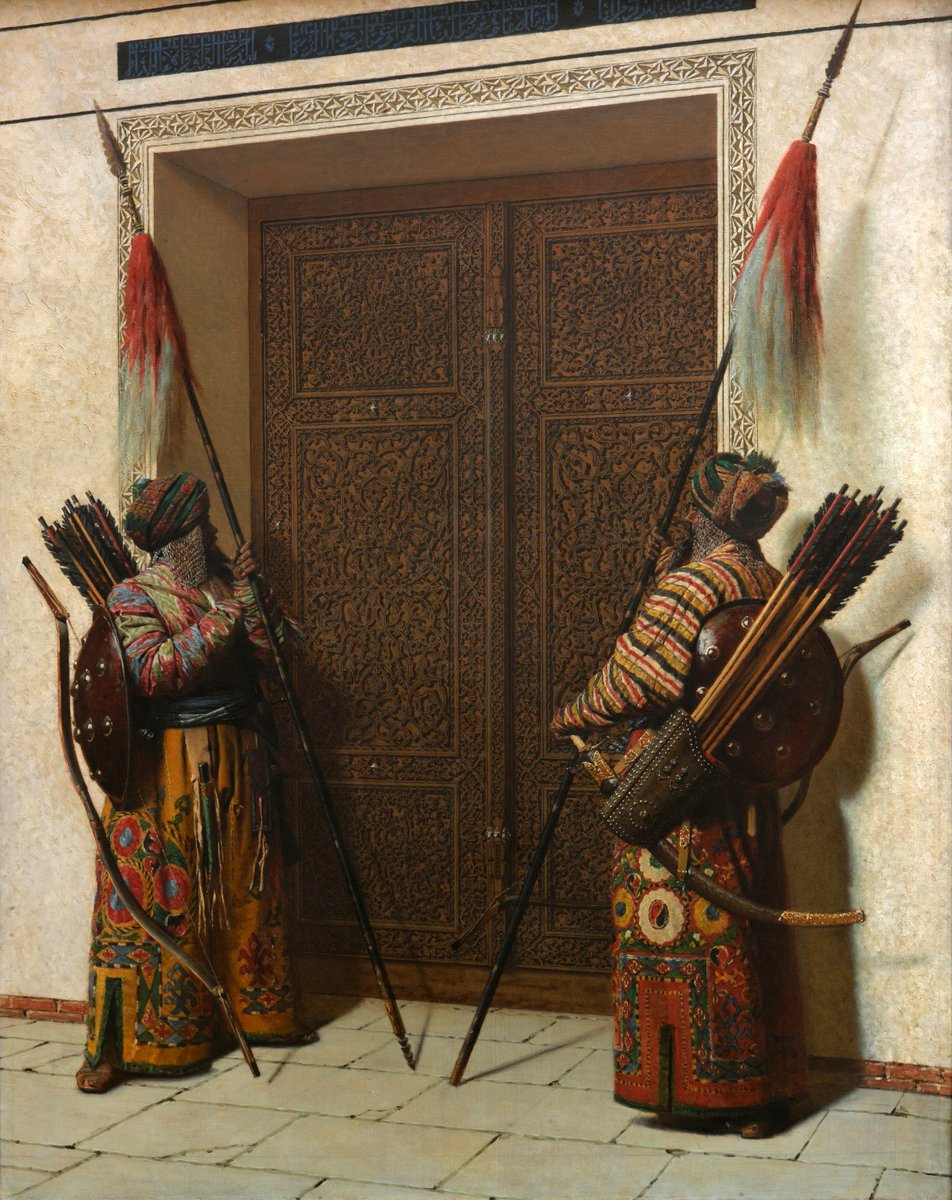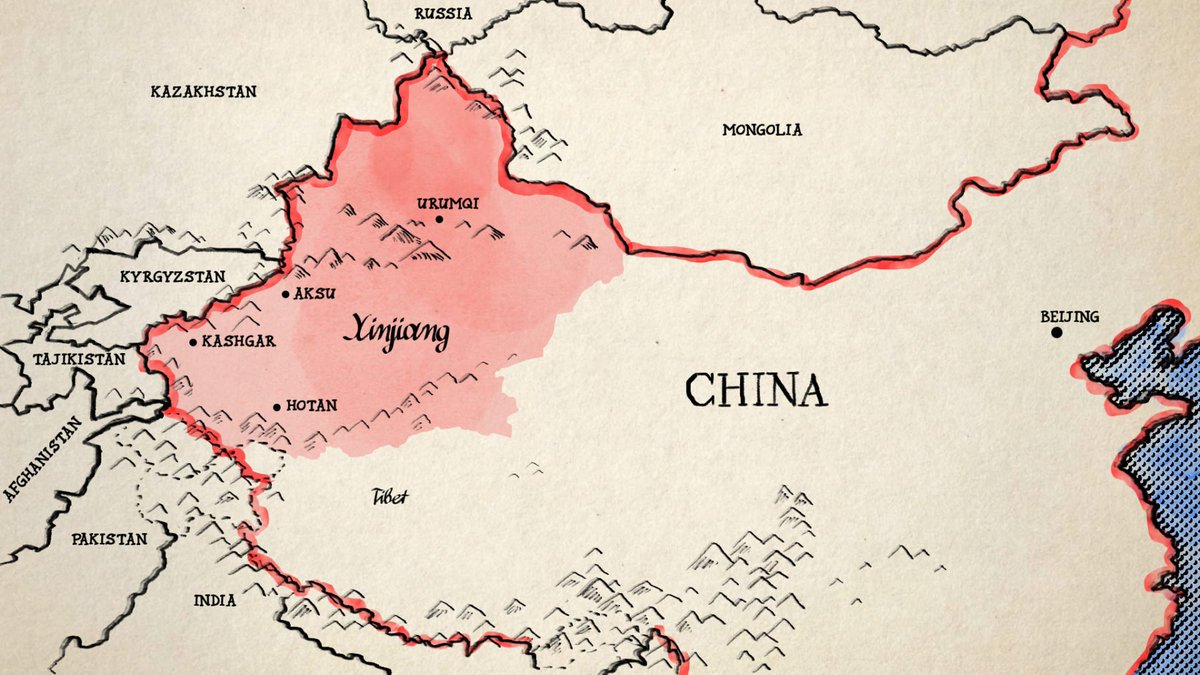
History, Geopolitics and Art across Eurasia | Writing a novel about Byzantine diplomacy
Get my book! https://t.co/brLZxZrTOR
7 subscribers
How to get URL link on X (Twitter) App




 Strabo begins his description of Crimea on the western coast of the Perekop isthmus, the strait which connects Crimea to the mainland. Today Perekop is known as Armansk
Strabo begins his description of Crimea on the western coast of the Perekop isthmus, the strait which connects Crimea to the mainland. Today Perekop is known as Armanskhttps://x.com/cartographer_s/status/1875280249975624074




https://twitter.com/cartographer_s/status/1898093319176978919



 The Germanization of Early Medieval Christianity: A Sociohistorical Approach to Religious Transformation - James C. Russell
The Germanization of Early Medieval Christianity: A Sociohistorical Approach to Religious Transformation - James C. Russell




 For example, this is the Argun River valley in central Chechnya, just south of Grozny
For example, this is the Argun River valley in central Chechnya, just south of Grozny 







 Messenger from Asgard to Atlantis, 2006
Messenger from Asgard to Atlantis, 2006 


 The Carthagians sent sail with 60 ships, each with 50 oars, carrying 30,000 people
The Carthagians sent sail with 60 ships, each with 50 oars, carrying 30,000 people



 Svyatogorsky Uspensky Monastery, Donestsk Oblast, 2007
Svyatogorsky Uspensky Monastery, Donestsk Oblast, 2007 


 Taizong travels through the Chinese underworld
Taizong travels through the Chinese underworld




https://twitter.com/cartographer_s/status/1549830130507325445

 This is merely a speculation on my part, but I think is are more than enough evidence that indicate the Tibetan Empire's imperial clan came for the steppes
This is merely a speculation on my part, but I think is are more than enough evidence that indicate the Tibetan Empire's imperial clan came for the steppes

https://twitter.com/Assurbaniapli7/status/1695195070083797183


 Drews argues this was due to a revolution in military technology, primarily in javelin technology which allowed infantry to defeat the professional chariot armies of the Bronze Age civilizations
Drews argues this was due to a revolution in military technology, primarily in javelin technology which allowed infantry to defeat the professional chariot armies of the Bronze Age civilizations




 Alexander's plan was actualized with the Edict of Caracalla in 212 which gave Roman citizenship to everyone within the empire
Alexander's plan was actualized with the Edict of Caracalla in 212 which gave Roman citizenship to everyone within the empire



 Landscape from the Island of Capri, 1846
Landscape from the Island of Capri, 1846 

https://twitter.com/cartographer_s/status/1540172587573153793


 He believes monks at Dunhuang feared that the iconoclastic, Islamic Qarakhanids would come and annihilate their Buddhist civilization, as the Qarakhanids did to Khotan in 1006
He believes monks at Dunhuang feared that the iconoclastic, Islamic Qarakhanids would come and annihilate their Buddhist civilization, as the Qarakhanids did to Khotan in 1006 https://twitter.com/cartographer_s/status/1540172595164860417

https://twitter.com/cartographer_s/status/1657506013073887234


 The Door to Tamerlane
The Door to Tamerlane 

https://twitter.com/Zwentibald/status/1678472359978606597



 Sheng thought the Germans would the win, and back stabbed the Soviets
Sheng thought the Germans would the win, and back stabbed the Soviets


 Women and slaves also prefer a radical democratic regime because such a regime will be exceeding lax towards them, as well as empower them
Women and slaves also prefer a radical democratic regime because such a regime will be exceeding lax towards them, as well as empower them

